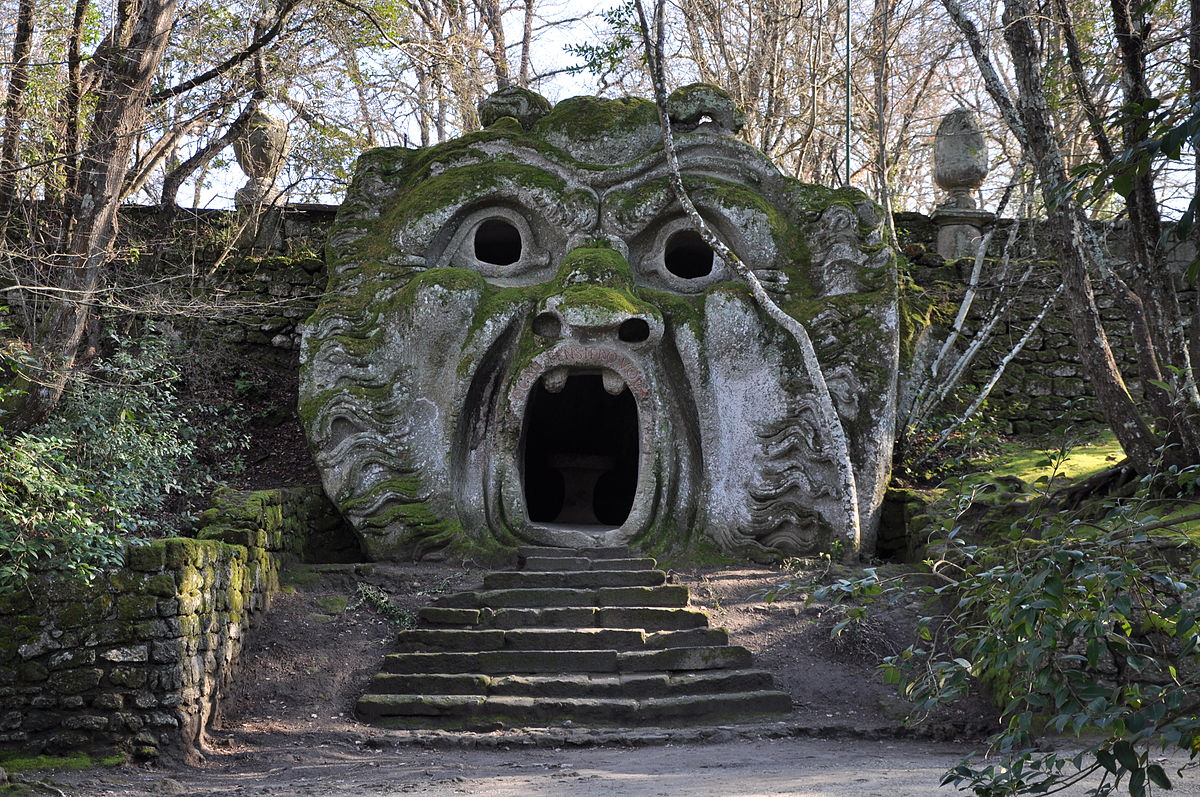Especially for Clerics, I feel the Elements have ethical implications.
The book mentions personality types in passing, such as Fire Clerics are destructive and maniacal, Air Clerics are flighty but prescient, Water Clerics should have been happy, content, and healing others, but now are desperate, apparently from the Classical Hellenistic humors, Choleric, Sanguine, Phlegmatic, and likewise for Melancholy Earth.
Ethically, Water is compassion. So the destruction of Water is literally the depletion of compassion. The world is literally more cruel, less tolerant, less nurturing, less innovative.
Fire is justice, a holy ethic. But without compassion, the justice becomes merciless, impatient, vengeful. Wrathful. Annihilating.
Air is balance, able to integrate opposing points of view, benefiting from insights beyond oneself, and optimize a sophisticated dynamic equilibrium, a living ecosystem, where harmony becomes possible. Air is about coexistence. Air integrates. Air explores. Air inspires. Air heals. Air sustains wellbeing. Normally. But without Water, with Fire without harmony, Air is motionless without hope, without fun. Even haughty and arrogant.
Earth can be the most powerful Element, because it is the place where life happens, and ethical persons do concrete physical actions of compassion and of justice. Earth is pragmatic, and industrious. Earth gets things done. But without harmony, Earth becomes a bleak wasteland, isolated, without dreams, without ethics. Soulless. Grim and brutal. Or quiet desperation.
Water=compassion
Fire=justice
Air=balance
Earth=pragmatism
The book mentions personality types in passing, such as Fire Clerics are destructive and maniacal, Air Clerics are flighty but prescient, Water Clerics should have been happy, content, and healing others, but now are desperate, apparently from the Classical Hellenistic humors, Choleric, Sanguine, Phlegmatic, and likewise for Melancholy Earth.
Ethically, Water is compassion. So the destruction of Water is literally the depletion of compassion. The world is literally more cruel, less tolerant, less nurturing, less innovative.
Fire is justice, a holy ethic. But without compassion, the justice becomes merciless, impatient, vengeful. Wrathful. Annihilating.
Air is balance, able to integrate opposing points of view, benefiting from insights beyond oneself, and optimize a sophisticated dynamic equilibrium, a living ecosystem, where harmony becomes possible. Air is about coexistence. Air integrates. Air explores. Air inspires. Air heals. Air sustains wellbeing. Normally. But without Water, with Fire without harmony, Air is motionless without hope, without fun. Even haughty and arrogant.
Earth can be the most powerful Element, because it is the place where life happens, and ethical persons do concrete physical actions of compassion and of justice. Earth is pragmatic, and industrious. Earth gets things done. But without harmony, Earth becomes a bleak wasteland, isolated, without dreams, without ethics. Soulless. Grim and brutal. Or quiet desperation.
Water=compassion
Fire=justice
Air=balance
Earth=pragmatism




